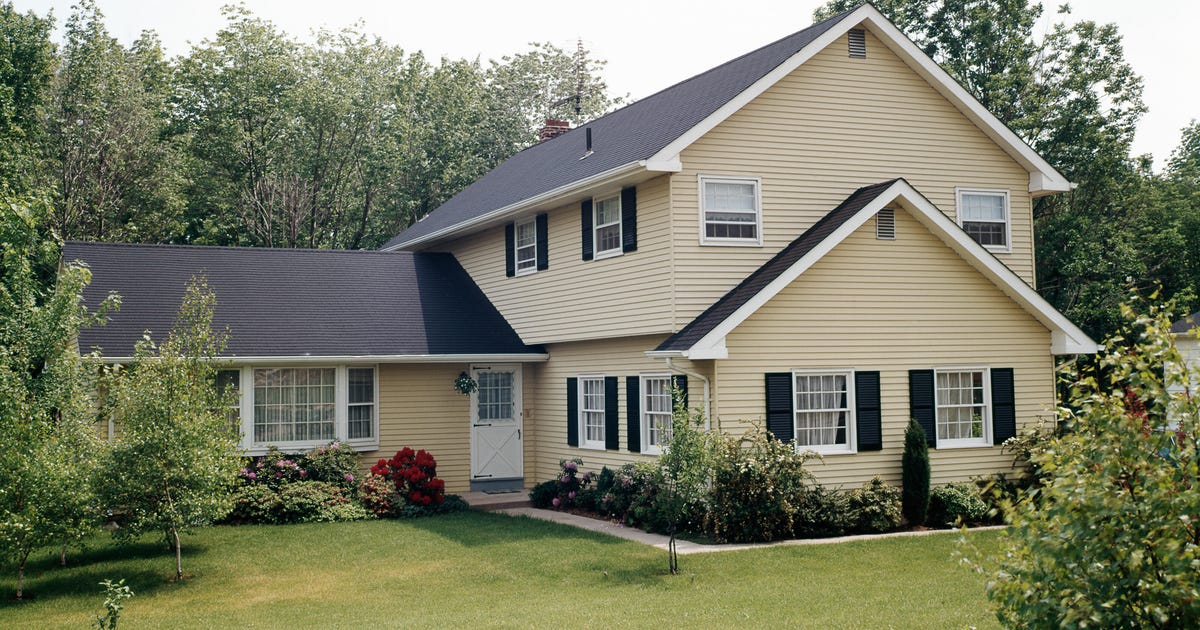
Both 15-year fixed and 30-year fixed refinances saw their average rates decline. The average rates for 10-year fixed refinances also sank.
Like mortgage rates, refinance rates overall have been increasing since the beginning of 2022, and we expect that trend to generally continue through the remainder of this year — though rates do fluctuate daily. With inflation at a 40-year high, the Federal Reserve has already hiked interest rates three times and is poised to raise them further in 2022. Rate hikes increase the cost of borrowing money, and homeowners considering a refinance may only find higher rates as the year goes on. If you’re looking to lower your monthly mortgage payment, it could be advantageous to lock in a rate sooner than later. Make sure to think about your goals and circumstances, and compare rates and fees to find a mortgage lender who can meet your needs.
30-year fixed-rate refinance
The average rate for a 30-year fixed refinance loan is currently 5.61%, a decrease of 24 basis points from what we saw one week ago. (A basis point is equivalent to 0.01%.) A 30-year fixed refinance will typically have lower monthly payments than a 15-year or 10-year refinance. If you’re having difficulties making your monthly payments currently, a 30-year refinance could be a good option for you. In exchange for the lower monthly payments though, rates for a 30-year refinance will typically be higher than 15-year and 10-year refinance rates. You’ll also pay off your loan slower.
15-year fixed-rate refinance
The average 15-year fixed refinance rate right now is 4.87%, a decrease of 24 basis point compared to one week ago. A 15-year fixed refinance will most likely raise your monthly payment compared to a 30-year loan. However, you’ll also be able to pay off your loan quicker, saving you money over the life of the loan. Interest rates for a 15-year refinance also tend to be lower than that of a 30-year refinance, so you’ll save even more in the long run.
10-year fixed-rate refinance
For 10-year fixed refinances, the average rate is currently at 4.78%, a decrease of 39 basis points from what we saw the previous week. You’ll pay more every month with a ten-year fixed refinance compared to a 30-year or 15-year refinance — but you’ll also have a lower interest rate. A 10-year refinance can help you pay off your house much quicker and save on interest. But you should confirm that you can afford a higher monthly payment by evaluating your budget and overall financial situation.
Where rates are headed
At the start of the pandemic, refinance rates dropped to historic lows, but they have been steadily climbing since the beginning of this year. Refinance rates are rising due to inflation, which is at its highest level in four decades, as well as actions taken by the Federal Reserve. The Fed recently raised interest rates by 0.75 percentage points — the highest increase in almost three decades — and plans to raise them several more times throughout 2022 to slow the economy. That means it’s a good idea to take advantage of refinancing now and potentially lock in a decent rate before they go up again.
We track refinance rate trends using information collected by Bankrate, which is owned by CNET’s parent company. Here’s a table with the average refinance rates provided by lenders nationwide:
Average refinance interest rates
| Product | Rate | A week ago | Change |
|---|---|---|---|
| 30-year fixed refi | 5.61% | 5.85% | -0.24 |
| 15-year fixed refi | 4.87% | 5.11% | -0.24 |
| 10-year fixed refi | 4.78% | 5.17% | -0.39 |
Rates as of July 5, 2022.
How to find personalized refinance rates
It’s important to understand that the rates advertised online may not apply to you. Your interest rate will be influenced by market conditions as well as your credit history and application.
Having a high credit score, low credit utilization ratio and a history of consistent and on-time payments will generally help you get the best interest rates. You can get a good feel for average interest rates online, but make sure to speak with a mortgage professional in order to see the specific rates you qualify for. To get the best refinance rates, you’ll first want to make your application as strong as possible. The best way to improve your credit ratings is to get your finances in order, use credit responsibly and monitor your credit regularly. Don’t forget to speak with multiple lenders and shop around.
Refinancing can be a great move if you get a good rate or can pay off your loan sooner — but consider carefully whether it’s the right choice for you at the moment.
When to consider a mortgage refinance
In order for a refinance to make sense, you’ll generally want to get a lower interest rate than your current rate. Aside from interest rates, changing your loan term is another reason to refinance.When deciding whether to refinance, be sure to take into account other factors besides market interest rates, including how long you plan to stay in your current home, the length of your loan term and the amount of your monthly payment. And don’t forget about fees and closing costs, which can add up.
As interest rates have rather steadily increased since the beginning of the year, the pool of people eligible for refinancing has shrunk significantly. If you bought your house when interest rates were lower than current rates, you may likely not gain any financial benefit from refinancing your mortgage.
